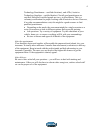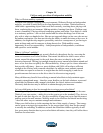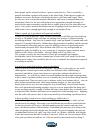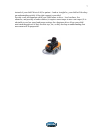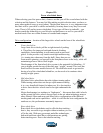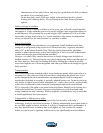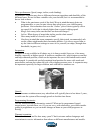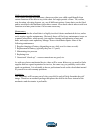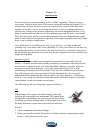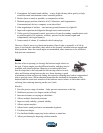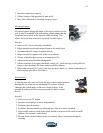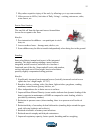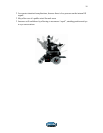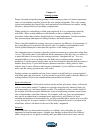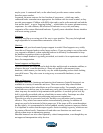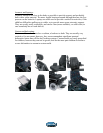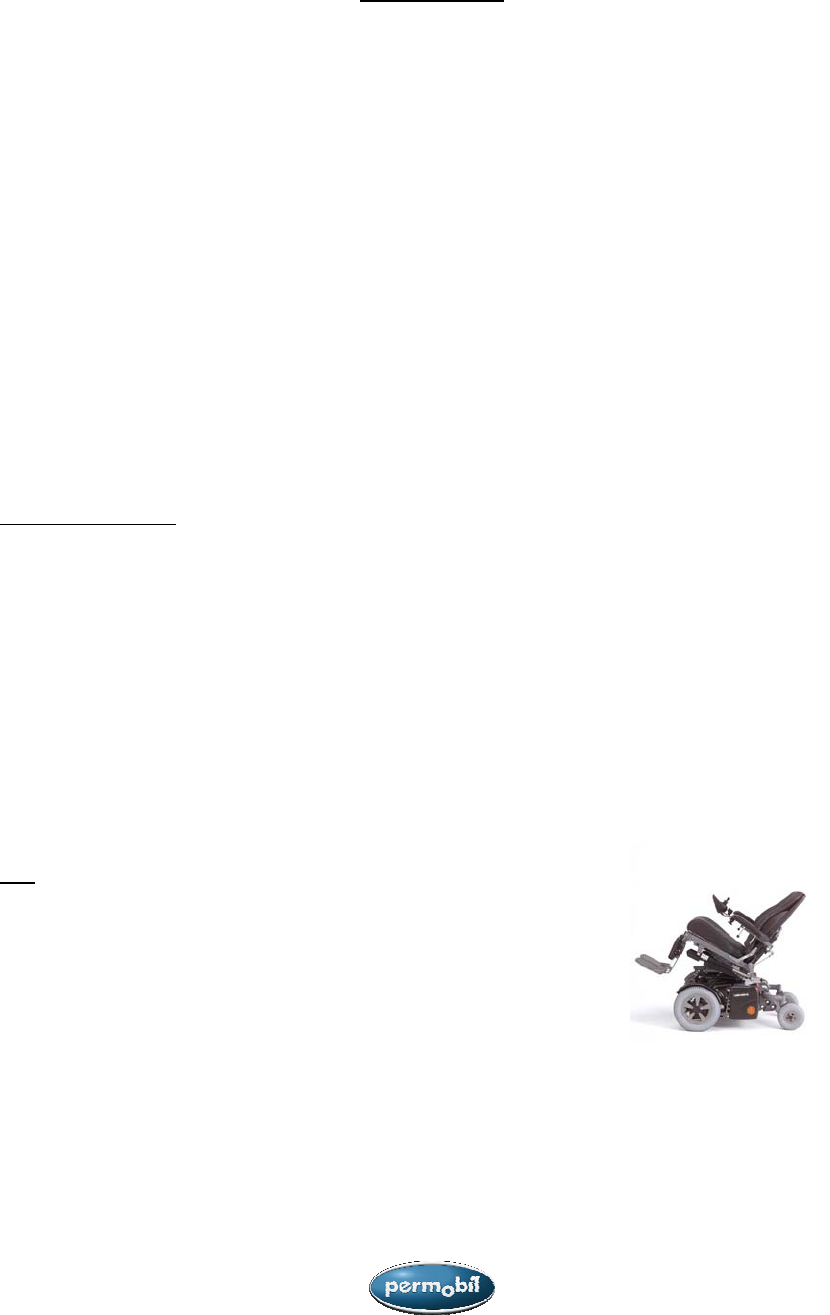
12
Chapter IV:
Seat functions
Seat functions may seem intimidating or an “overkill” sometimes. They do, however,
serve many functions in the areas of prevention, enhanced function and comfort. Try to
simulate some of those functions so you can experience for yourself what they mean –
imagine a Lazy boy’s recline or elevating leg feature, or how you change positions in
your car seat. Sitting in one position without any movement throughout the day is very
tiring. Seat functions can help ease this by replacing/supporting the body’s movements.
They also help utilize gravity to ensure better posture in the seat. Better posture usually
leads to better function in respiration, digestion, or the upper extremities, and it also helps
delay some secondary complications.
Also, think ahead. Your child may be only 2 years old now, very light weight and
spending only a few hours a day in the wheelchair. In a few years, however, she may use
the wheelchair all day, for all activities, and will also be heavier to transfer in and out of
the wheelchair. Seat functions such as tilt may be more important down the road than you
might currently think.
Manual or power?
Some functions are available both in manual and powered version (such as tilt and
recline). A manual seat function is usually operated by an attendant, while the powered
seat function is operated by the user of the wheelchair. Whenever possible, allow the
occupant to operate these functions – they know their bodies best, and it is often
intimidating to constantly ask for assistance. This may leave children in pain because
they will rather not ask to be repositioned. On the other hand, they do not need to
understand the biomechanical principles in order to use these functions – children can
learn at a very young age, that they can become more comfortable simply by pressing a
certain button, so this can become second nature.
The following are the most frequently used seat functions:
Tilt
When tilting back in space, the whole seating system tilts
therefore the seated angles are maintained. This option helps
maintain the position better, but does not provide any passive
stretching or position change; rather, it utilizes gravity to affect
the body differently for pressure relief and chest extension.
Benefits:
• Allows independent orientation change
• Reduce pressure from Ishial Tuberosities (sit bones) without compromising seated
posture – helps prevent pressure sores



